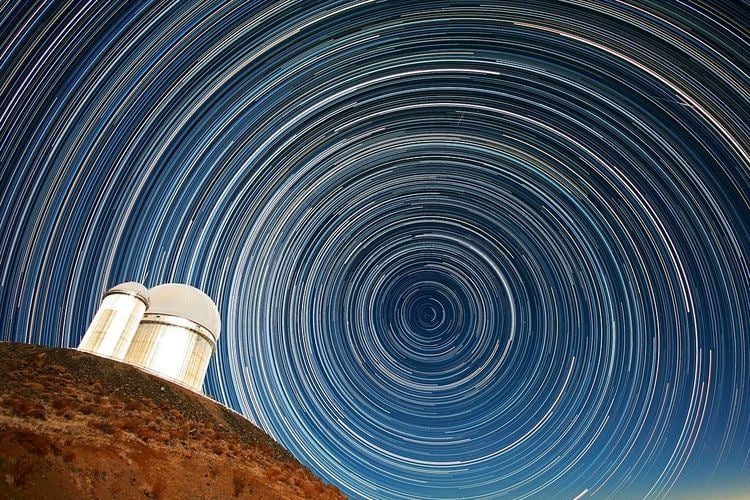 | ||
In astronomy, the circumpolar constellations are a group of constellations of stars that never set below the horizon from the viewer's perspective. Because of the rotation of the Earth and its axial tilt with respect to the Sun, the stars and constellations can be divided into two groups. Some stars and constellations never rise nor set, and they are called circumpolar. All the rest are divided into seasonal stars and constellations.
The stars and constellations that are circumpolar depends on your latitude. In the northern hemisphere, viewers will always be able to see certain stars and constellations in the northern circumpolar sky, while same holds true for the southern hemisphere with respect to certain stars and constellations in the southern circumpolar sky. The celestial north pole, currently marked by Polaris, always has an azimuth equal to zero. Its altitude for a given latitude Ø is fixed and its value is given by the following formula: A = 90° - Ø. All stars with a declination less than A are not circumpolar.
From the North Pole, all fully visible constellations north of the celestial equator are circumpolar, and likewise for constellations south of the celestial equator from the South Pole. From the equator of the Earth, there are no circumpolar constellations. From mid-north latitudes (40–50°N), circumpolar constellations may include Ursa Major, Ursa Minor, Draco, Cepheus, Cassiopeia and the not well known Camelopardalis.
